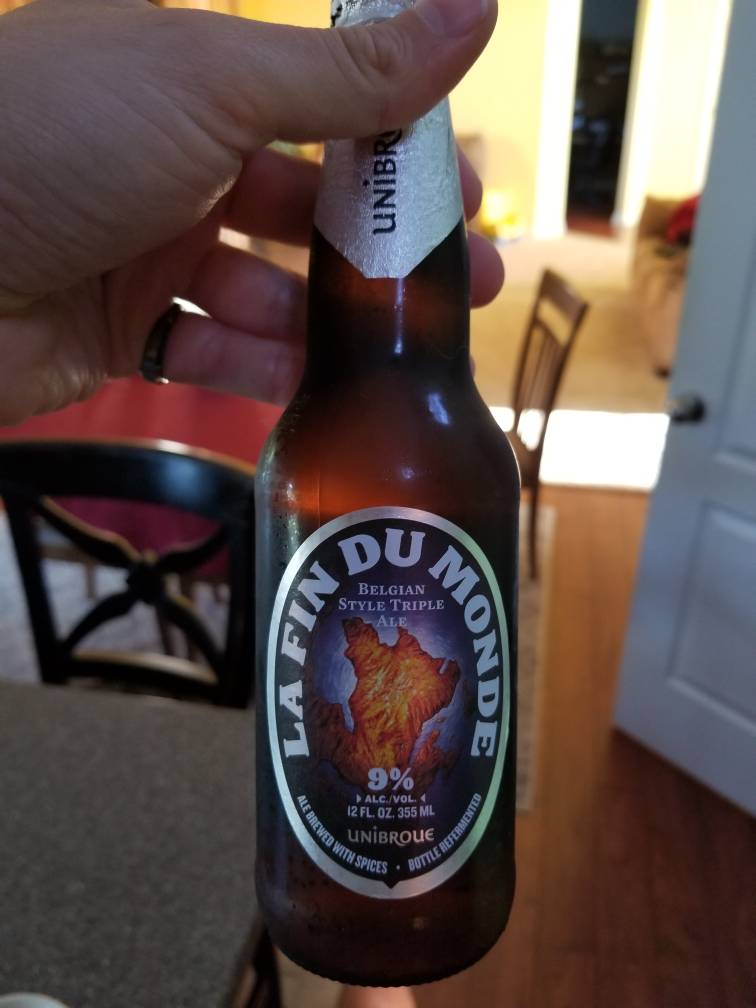Ian DSouza
Active Member
I wanted to brew my first beer soon. I was thinking of the following ingredients. I was wondering if I could seek some help selecting the right ingredients. Where I'm at, I am somewhat limited in the choice of ingredients.
1) Dry malt extract
2) Red Wine yeast or Dry wine yeast: I plan to brew about a couple liters at a time. So, I need a yeast with high alcohol tolerance. Which one would you recommend?
3) I'm looking for a "mutli-purpose" hops and deciding between Fuggles and Cascade: I like Belgian "style" beers as well as stouts. My personal favorite is La Fin du Monde from Unibroue which uses Styrian Goldings. Styrian Goldings is closely related to Fuggles, so I'm leaning towards Fuggles at the moment. My other options would be Chinook, Calypso, Galena, Nelson Sauvin and Magnum.
4) I might add some additional spices like coriander powder (the powder as opposed to the whole seed was recommended in many recipes) and orange zest. Do you know if I can use whole raw/dry-roasted coriander seeds instead? If using the powder is mandatory, does it have to be made from dry-roasted or raw coriander seeds? The final flavor of the powder is different between the two.
I realize the ingredients might be all over the place for any particular style of beer but I'm trying to go along the lines of La Fin du Monde.
1) Dry malt extract
2) Red Wine yeast or Dry wine yeast: I plan to brew about a couple liters at a time. So, I need a yeast with high alcohol tolerance. Which one would you recommend?
3) I'm looking for a "mutli-purpose" hops and deciding between Fuggles and Cascade: I like Belgian "style" beers as well as stouts. My personal favorite is La Fin du Monde from Unibroue which uses Styrian Goldings. Styrian Goldings is closely related to Fuggles, so I'm leaning towards Fuggles at the moment. My other options would be Chinook, Calypso, Galena, Nelson Sauvin and Magnum.
4) I might add some additional spices like coriander powder (the powder as opposed to the whole seed was recommended in many recipes) and orange zest. Do you know if I can use whole raw/dry-roasted coriander seeds instead? If using the powder is mandatory, does it have to be made from dry-roasted or raw coriander seeds? The final flavor of the powder is different between the two.
I realize the ingredients might be all over the place for any particular style of beer but I'm trying to go along the lines of La Fin du Monde.





